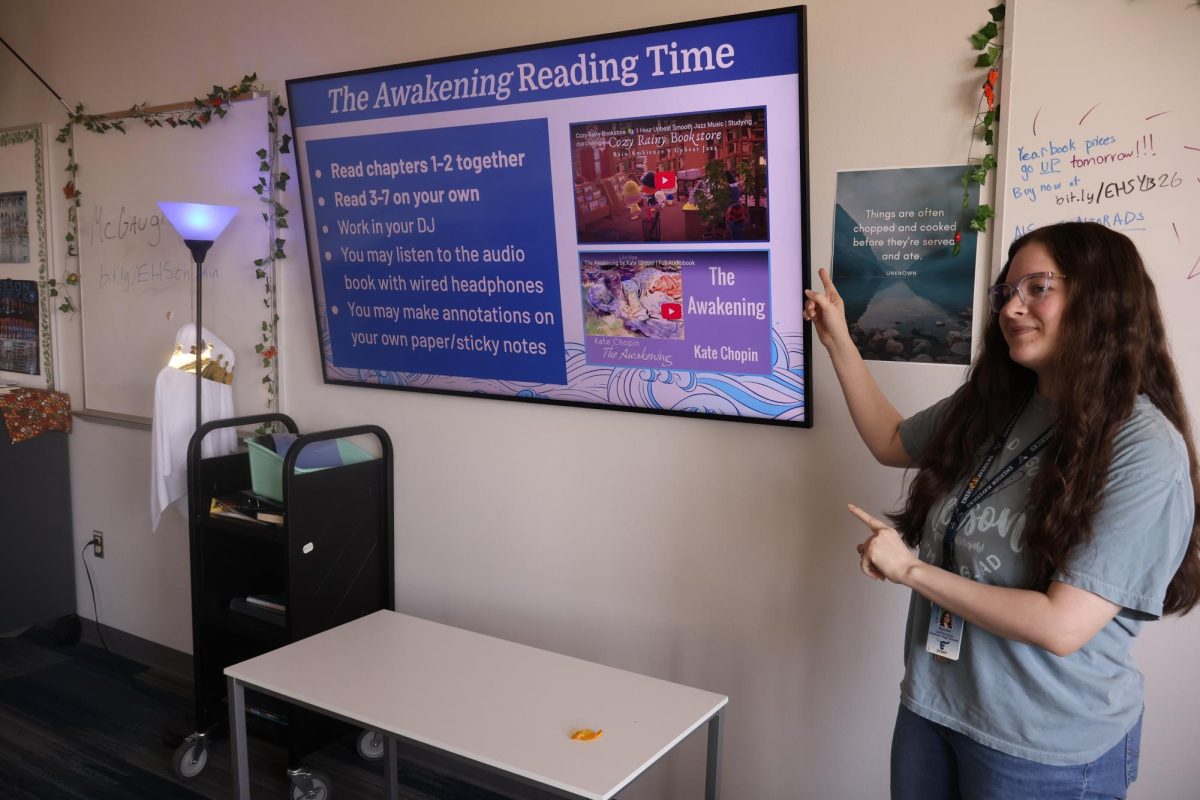On Sept. 11, 2001 the nation faced the horrors of a terrorist attack. Two planes crashed into the Twin Towers, one into the Pentagon, and another one in a field in Pennsylvania. Thousands of lives were lost, and many others were changed forever due to the events of that day.
People of different ages from all over the country can still vividly remember that day. Whether they fully understood the extent of the tragedy in that particular moment or not, 9/11 left an imprint on those who lived through it.
“I’ll never forget 9/11 because I was teaching US History and I had taken my class to the library,” US History teacher, Martha Richard said. “At that time we had TVs on rolling carts because we didn’t have projectors in our classrooms, and I remember walking past the TV and seeing a plane fly into the tower.”
The second plane crash was broadcast on live television for people all throughout the country to see. As the day progressed, many watched in horror as the towers collapsed with citizens trapped inside.
“Ms. Hutchinson was standing back behind the risers … and she said ‘this is your generation’s Pearl Harbor,’” GT American Studies teacher, Kyle Wenokur said.
The events of Sept. 11 left the country on edge, waiting to see if further attacks would occur and what course of action the government might take.
“I was a little scared because I was a teenager, and I was worried the draft would happen,” AP Physics teacher, Robert Landauer said.
Even young children, who perhaps did not fully understand the situation, understood that something terrible had happened.
“This little girl…I will never forget her and I will never forget her face,” theatre director Libby Rotan said. “She was from Bosnia and she had moved within a few years of this happening … She came up to my desk that day, she looked at me and she said ‘Ms. Nelson, are we going to go to war? Because that’s why my family had to leave our home.’”
The fear experienced that day extends beyond just those in the towers and the Pentagon. Such an event leaves vivid memories that cannot be easily brushed off.
“I remember driving home, I remember the songs that were playing on the radio, I remember what we had for dinner that night … I can pinpoint what the day looked like entirely,” Rotan said.
Determined to protect society from future attacks, the country put in place major changes to transportation security.
“We were used to just going to the airport 10 minutes before getting on the plane, and you could just walk in and be done,” Content Lead and Advanced Chemistry teacher, Jessica Lenihan said. “That changed everything.”
While the United States was experiencing so much fear and so much change, people found hope in the stories of the heroes that day. A common story from Sept. 11 is that of the ‘Man in the Red Bandana.’ While the Twin Towers were collapsing, he went back in to rescue people, until the towers fell with him still inside.
“It’s in those times that we see the best of humanity as well,” Lenihan said.
The collapse of the Twin Towers hit America hard, yet even in the midst of tragedy, humanity has a way of persevering.
“Everybody pulled together … I have never felt America more united than in the months following that,” Rotan said.
Unfortunately, as the days since the event passed, society’s sense of togetherness lessened. As the years go by, 9/11 becomes an afterthought in many people’s heads.
“Things and events happen, and people react to it for a while. Then they just revert back to their ways,” Lenihan said.
Oftentimes, when history is forgotten, history is more easily repeated. The events of 9/11 may have occurred over only one day, but its effects managed to reach people all across the country.
“If the mantra for 9/11 was ‘never forget,’ then the people who were around need to help others remember,” Wenokur said.
A tragedy such as 9/11 should not be forgotten. Those who lost their lives deserve to be remembered for the pain they endured and the heroism that occurred.
“A lot of people that remember it know the number of people that died, and it was 2,996,” Wenokur said. “It’s easy to look at that as just a big number on a graph, but that’s 2,996 fathers, and sons, and daughters, and moms, and grandparents, and friends.”









